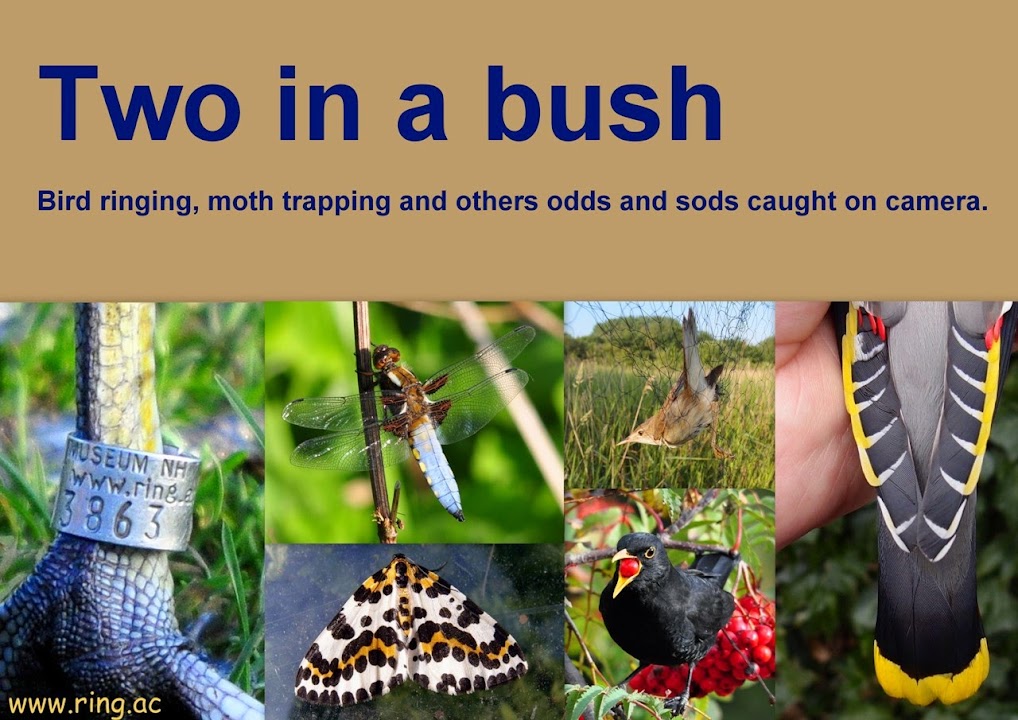Although there were a few rather well marked and darkish Redwings I didn't think any were Icelandic birds of the race 'coburni'. However, I did have another Redwing with a wing length of 128mm making it two of that size for this autumn compared with none in my preceding 35 plus years of ringing. I still haven't found the tables showing the full breakdown of wing lengths for iliacus but of 7,364 birds measured in Finland only 0.5% had a wing length over 126mm and Svennson (1992) gives an upper limit of 124 mm and Glutz von Blotzheim & Bauer give an upper limit of 126 mm with variation in sample size probably being the main cause of this difference. Basically wing length isn't much help in identifying Icelandic birds unless you catch a bird with a wing length over 128 mm.
 |
| This is the second Redwing with a wing length of 128 mm caught this autumn. |
 |
| One adult Redwing had orange-red fringes to most of the greater coverts and even had some orangey-red feathers near the thighs. |
 |
| This same well marked adult Redwing. |
 |
| Quite a few of the Redwings had ticks on their faces but this bird had a lot more passengers than most. |
 |
| Continental race Song Thrush showing the contrast between the rump and tail. |
 |
| Song Thrushes: British race on the left and Continental race on the right. |
 |
| Song Thrushes: British race on the left and Continental race on the right. |
 |
| Song Thrushes: British race on the left and Continental race on the right. |
Combined ringing totals for 12th & 13th October were: Redwing 119; Song Thrush 16; Goldcrest 12; Robin 2; Coal Tit 1; Blue Tit 1; Bullfinch 1, Chaffinch 1; Lesser Redpoll 1. Total 154 new birds.

No comments:
Post a Comment